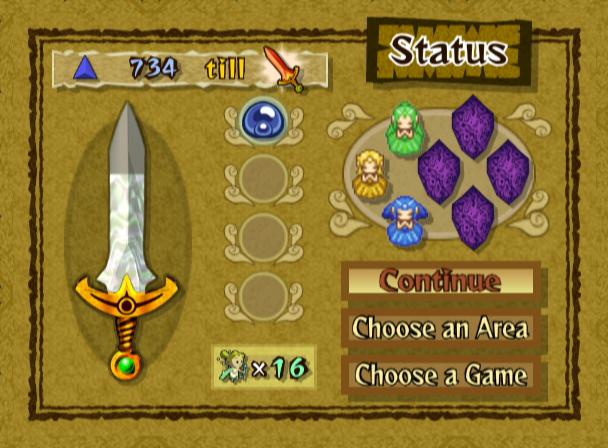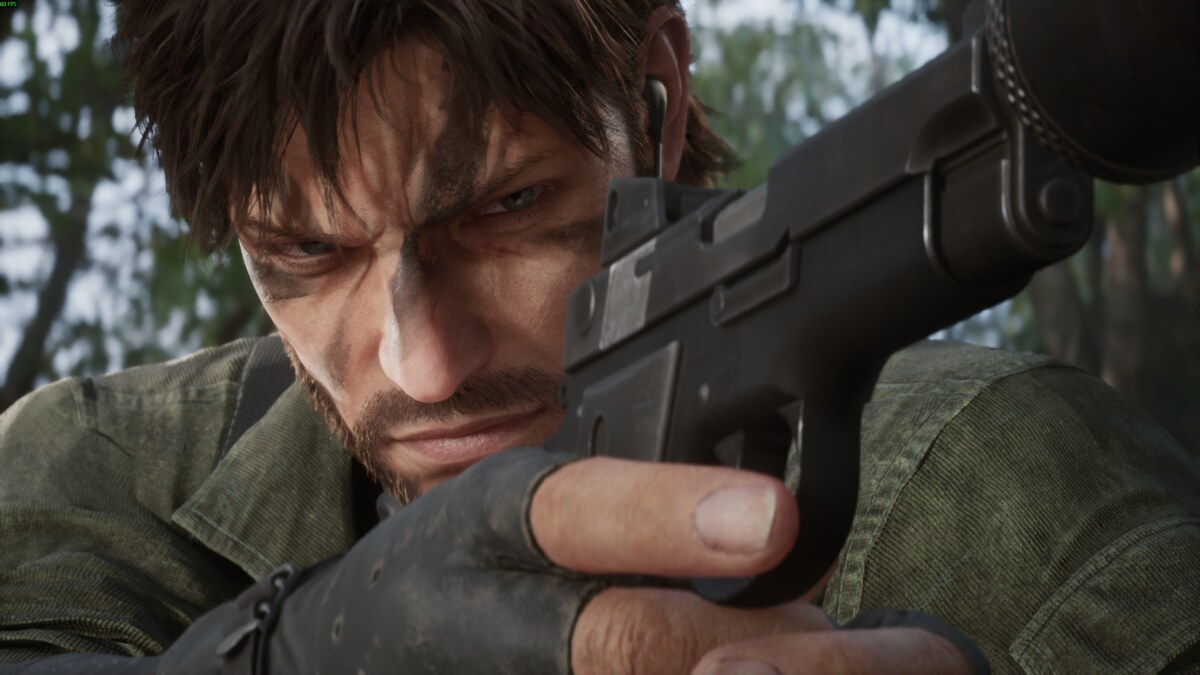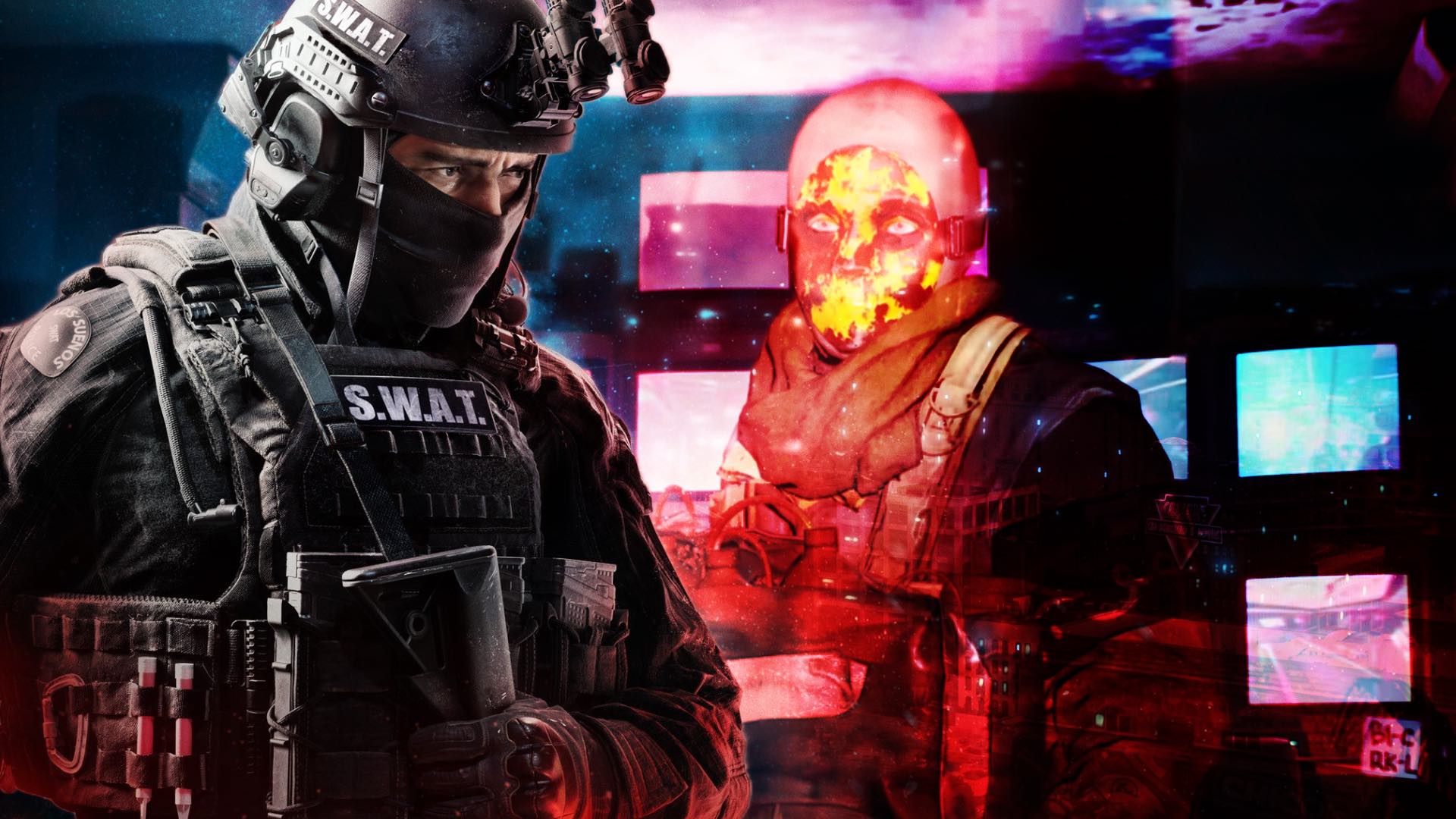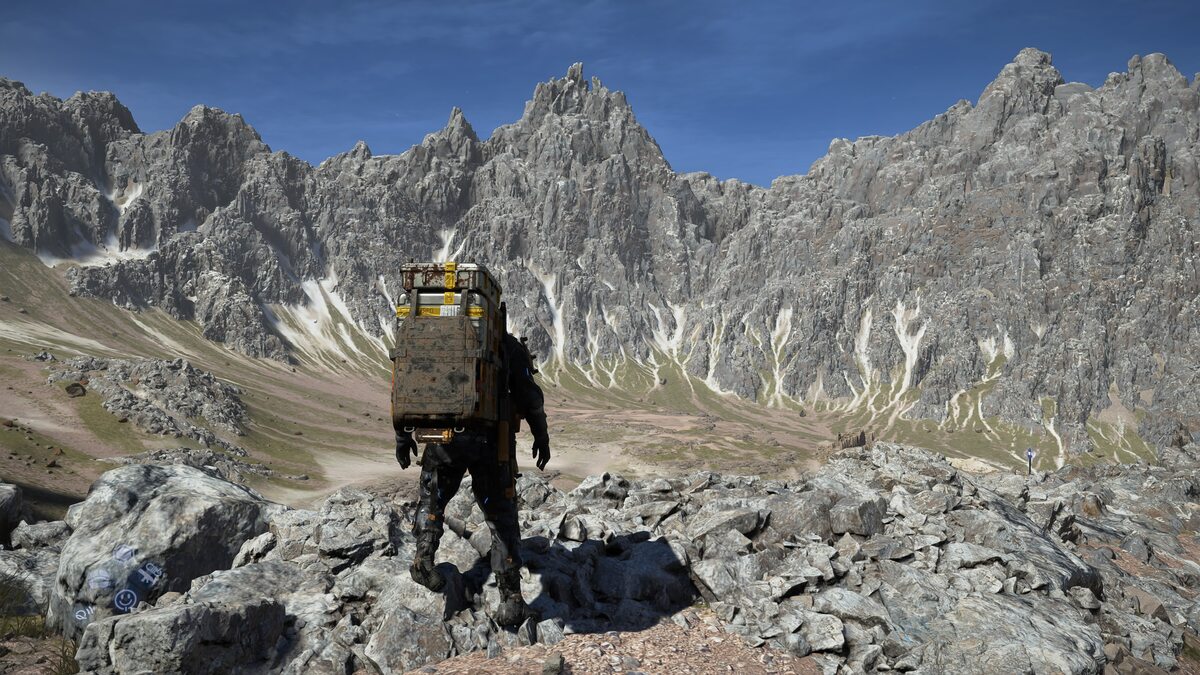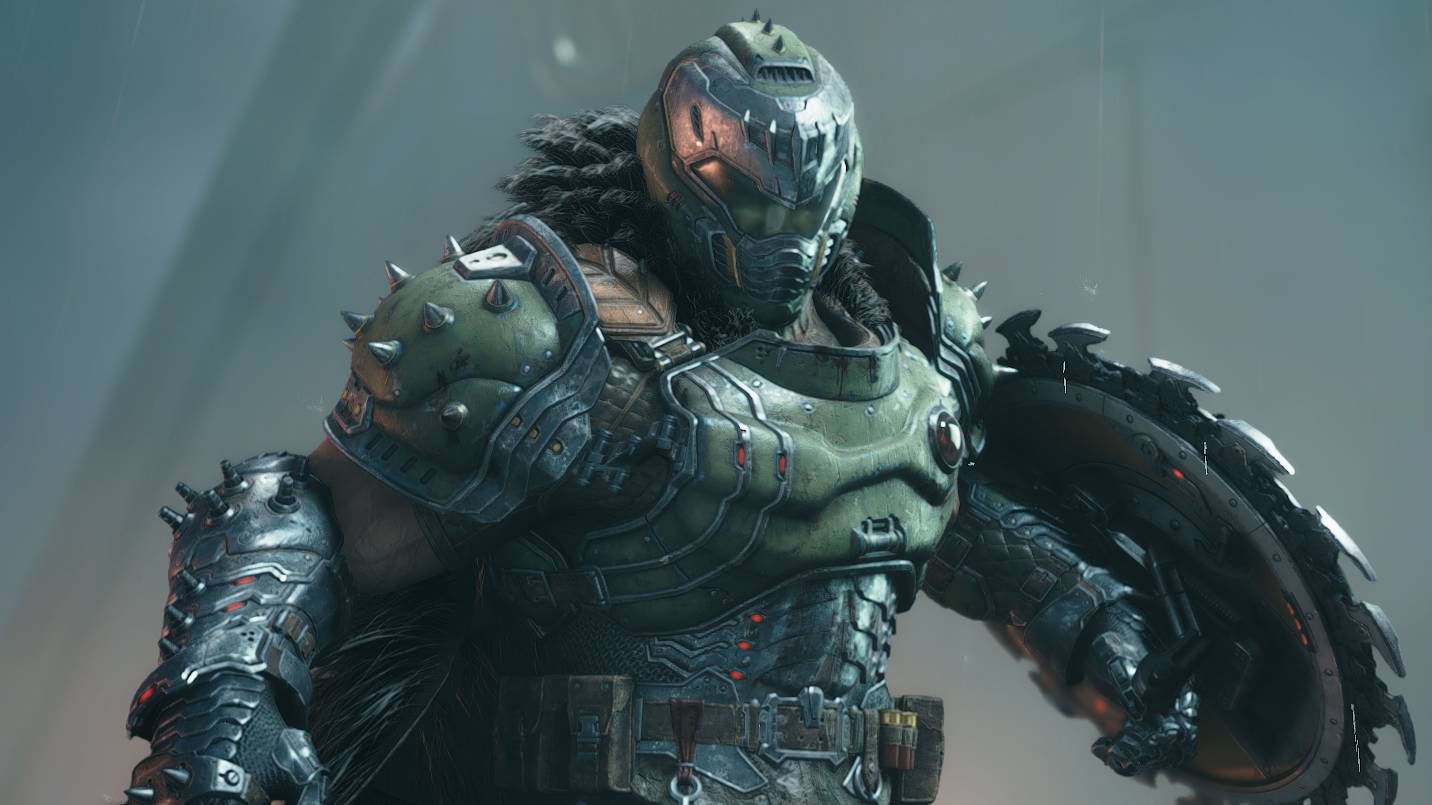You can trust VideoGamer. Our team of gaming experts spend hours testing and reviewing the latest games, to ensure you're reading the most comprehensive guide possible. Rest assured, all imagery and advice is unique and original. Check out how we test and review games here
Some things in life are indelible: birthmarks, the wine spilled on your favourite white shirt, and a childhood love of Nintendo. No amount of expensive dry-cleaning or laser surgery seems able to remove these stains, or make one forget the sheer ecstasy of playing Super Mario World at the age of eight (and believe me, I’ve tried).
Zelda fans, then, are likely to absolutely melt when they see this game. It’s styled in a way gloriously reminiscent of Link to the Past and its 2D ilk, and yet echoes Wind Waker’s unique style in its animation and effects – graphically, this would appear to be a perfect fusion of old and new. Given the truly ludicrous amount of Nintendo equipment necessary to play it, however, even the fans are likely to raise a questioning eyebrow as to the validity of this purchase. The first thing that must be stated is that if you do not have at least two willing, Nintendo-friendly, excitable friends with Game Boy Advances, three link cables and a lot of free Saturday nights, you will not be getting the most out of Four Swords Adventures. If you do meet the above criteria, however, you should be very excited indeed.
In Four Swords Adventures, Link must once again vanquish the evil (and amusingly-named) Vati, a fiend introduced in the post-Wind Waker Capcom title, Minish Cap. To do so, he must command power of the legendary blade, the Four Sword, which magically transforms him into four. On your own, this gives you a tiny army to command at your will, but with three or four players we are presented either with four brawling, battling, chaotic competitors strangling each other over Force Gems, or a perfectly-functioning team of well-travelled adventurers helping each other over gaps and carrying each other bravely through dimensions, working together to fight off the tides of evil. Four Swords’ adaptability is possibly its most striking feature – depending on the mood, situation and company, it can be as co-operative or competitive as you want to make it. This game is no dictator.
In terms of structure, this is essentially fairly standard Zelda fare. Players work together through various environments, each of which culminates in a classic dungeon. Though the level-based structure is unfamiliar, it works very well, especially in multiplayer, and they are just as full of side-quests and interesting asides as any other sprawling Zelda world – to the extent that players will often be fighting over what interesting thing to try out next, or what intriguing new direction to head off in. Link-to-the-Past-style portals let players travel between light and dark worlds, one of which appears on the GBA, the other on the television screen.
Four Swords Adventures is, by the way, the best use of the GBA in conjunction with the GameCube that has yet been imagined. The game’s dualism encourages players to co-operate as one ventures into the dark world on his Game Boy and explores it to clear the way for the others, or as one player enters a cave or house and explains what’s going on. Initially, looking continuously up and down from screen to screen can be a little wearing, but after an hour or two four players will be happily switching screens with synchronised head movements that Kraftwerk themselves would envy. Control, too, proves no problem at all, using the same dual-button system as all the Game Boy Zelda games in conjunction with the handy addition of Minish Cap’s forward-roll feature, allowing players to traverse ground that little bit faster.
Throughout the levels, players are encouraged to collect Force Gems – the feature that both makes and breaks the game equally frequently as players squabble over fair shares and the more heartless rush to collect the spoils of the fallen. They drop from the sky, appear as rewards for solving puzzles and are relinquished from fallen enemies. In addition to this, at the end of each level a vote takes place where all participants can nominate the most irritating and/or helpful player of the round – a concept that though fun in theory often ends up either redundant or slightly annoying, as it does completely undermine the co-operative atmosphere that the game seems keen to encourage.
As far as multiplayer gaming goes, this is quite possibly the best experience I have ever had playing with other people. The meeting of four minds makes better work of the idiosyncratic Zelda puzzles that occur, never leaving one frustrated and unable to progress. The incomparable experience of playing through a true, great Zelda game has never before been easily shared, but now having played this game with one other fan and two people entirely new to the franchise, I can safely say that it is an experience not to be missed. If you have an extra GBA or two and a friend/partner who you’ve always wanted to get into gaming, this is quite possibly your chance – fighting and helping each other through Four Swords is something almost instantly accessible to those new to Zelda adventures, whilst simultaneously offering new challenges to veterans via the switch in thinking that four-person co-operative puzzles necessitates.
I’ve already mentioned the game’s looks, but it must be stressed that Four Swords is absolutely beautiful. The style owes far more to Link to the Past and Wind Waker than the other instalments of the series, abandoning almost entirely Ocarina of Time and Majora’s Mask’s slightly darker take. 2D landscapes, 3D effects and exquisite animation all make for an extremely aesthetically pleasing experience, though, especially for fans, who will find themselves rewarded with familiar graphical motifs, musical references and the odd character from Zelda games past. Indeed, if you’re a fan and have enough fellows to play with, you can bump this game’s score up to a 9 owing to the extra enjoyment it will offer you. If, however, you’re not a follower of the Zelda series, this will be somewhat more difficult to get into and it is advised that the score possibly be revised to a 7. Four Swords essentially ends up with an 8 because it is so very subjective; with the right friends, the right equipment and the right attitude, this is as sprawling and brilliant a multiplayer adventure as you’re ever likely to find.
